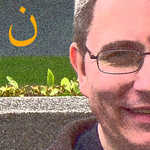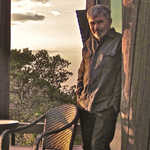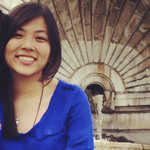Small books are often called handbooks, though the broader category of handbook has outgrown the average hand size. Handbooks aspire to be both thrifty and useful, a reference easily pocketed for a ready consumer of said handbook’s information. Handbooks fulfill an application utility, a book designed to be carried about, kept ready in a side pocket for quick reference. Handbooks are a hardline to the facts, produced in a convenient size for a modest prices.
The “Observer’s Books,” a series of such books printed for the British market from 1937 to 2004, were some of the best such handbooks ever produced. Numbering over 800 titles, Observer’s Books cover myriad topics: Wild flowers, Coins, Silver, Jazz, Common Fungi, Sewing, Small Craft, Paris, The Larger British Moths. The penultimate Observer’s Book, titled post-modernly with semi-ironic valediction as, The Observer’s Guide to Observer’s Books was printed in that auspicious year, 1999.
Observer’s strike a very British tone. The book pictured above primly explains that with it’s “no fewer than 406 individual drawings and 140 photographs, never before has so much fact been gathered between the covers of so small a book.”
The first aviation title in the Observer’s catalog was produced in the midst of WWII for anxious British citizens scanning the skies for Nazi aircraft, manned and otherwise. In the half century since, the British have remained diligent plane spotters (as well as train spotters and bus spotters; the bookshop attached to the London Transport Museum is a testament to the depth of transport spotting culture in Great Britain).
I observed my first actual British plane spotter on the Gatwick rail platforms. I’d just returned from Barcelona, as easy going and casual a city I’ve ever visited. The return to London was a rush of London sensations; the cold climate’s acrid humidity, a babbling chatter of English in all the world’s accents. The firmly directional signage, CCTV cameras in every corner, the sharp amphetamine edge of surveillance paranoia. Outer orbital and omnidirectional London at its frayed edges.
The plane spotter was seated with his wife on an uncovered bench at the platform’s end. Presumed wife. Middle aged, decidedly native to these clammy English isles, she was all frizzy hair and entirely engrossed in a paperback novel. He was balding and mustached, wire rimmed glasses hopelessly smeared in the cold drizzle. I myself had wandered to the end of the platform, beyond the shelter, fueled by my usual cocktail of curiosity, diligence and boredom. They glanced at me only briefly.
A jet flew over. Collapsible binoculars flew from his lefthand windbreaker pocket and focused quickly on the tail. Repocketed. A notebook and pen came from the righthand pocket; tail fin markings observed, plane spotted and dully noted into his notebook while his wife read on in her own novel, oblivious to this tiny event.
I remembered the Gatwick plane spotter a couple months later when reading about the failed rendition of Isa Muaza, a Nigerian asylum seeker caught in the machinations of the British Home Office. Artist and writer James Bridle meticulously reconstructed Muaza’a flight from Heathrow to Malta and then back to Luton. Bridle was able to track this chartered flight through the unfailing watch British plane spotters spend at the perimeters of London’s airports.
Is there a straight line between The Observer’s Books of Basic Aircraft (Military) and an activist investigation of extradition? Probably not, the line is wobbly, faint and with many erasures, but the line is one I trace, accurately or not, over the history of the British handbook.







